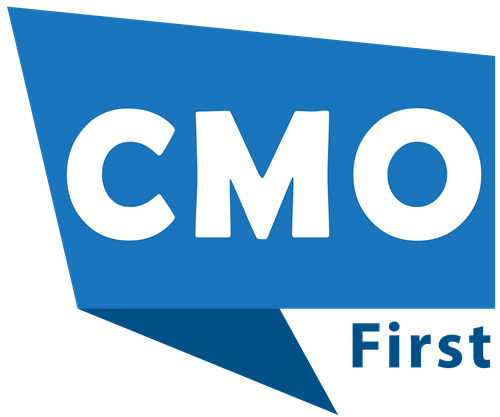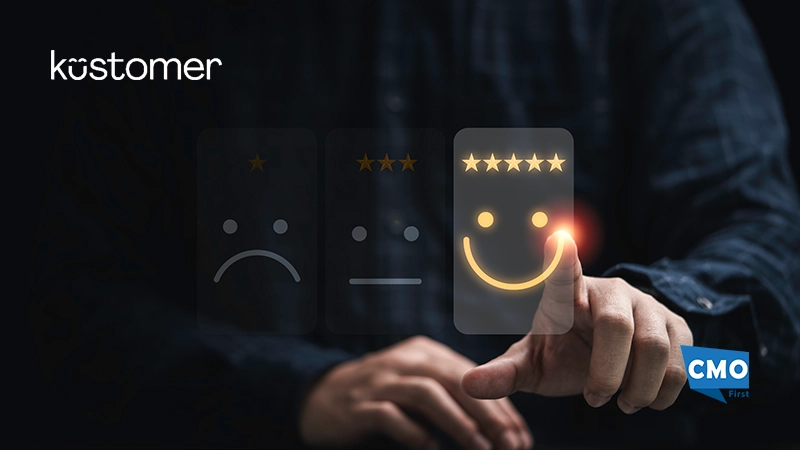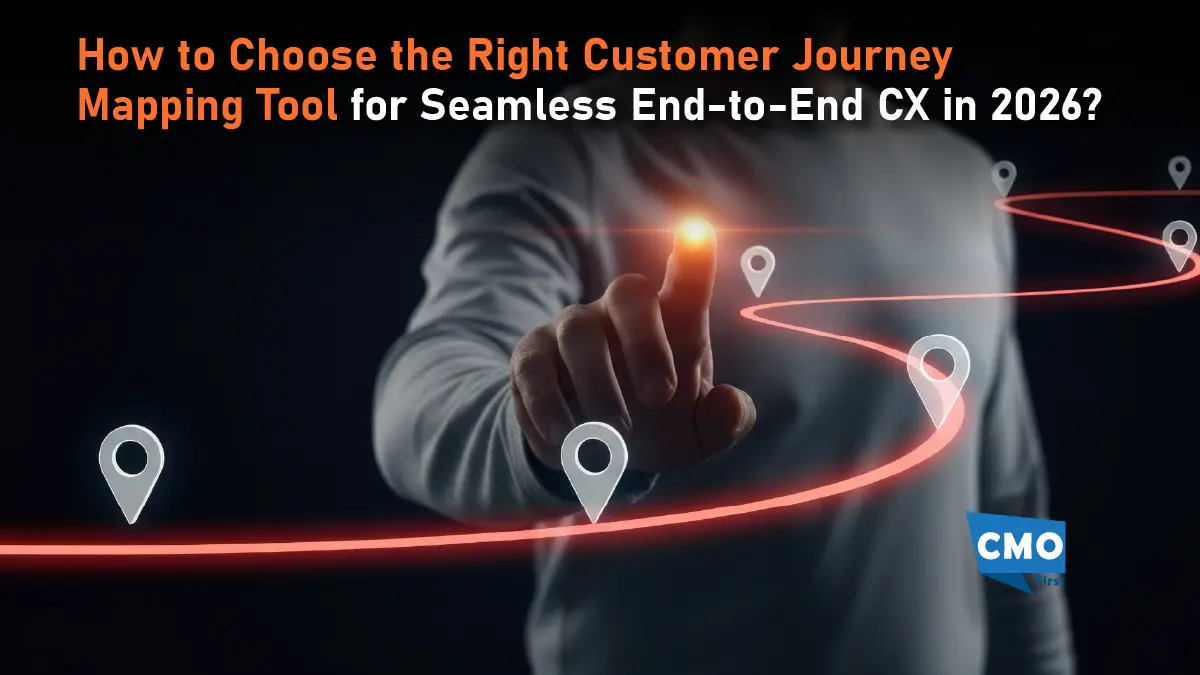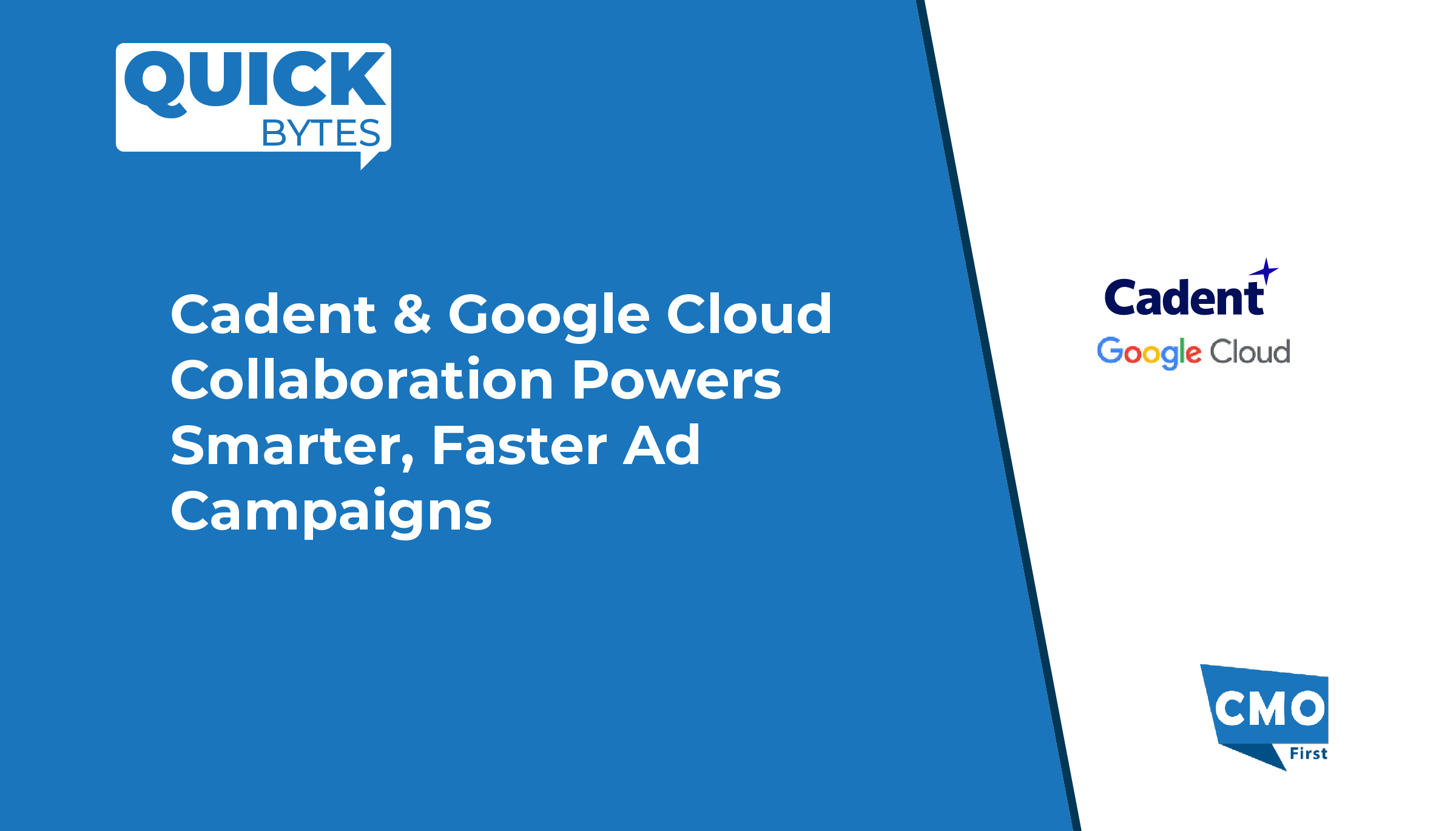Hydrolix, a streaming data lake company that is disrupting the economics of big data, has launched a connector that Splunk users can deploy to ingest data into Hydrolix while retaining query tooling in Splunk, achieving savings that demand attention while preserving existing pipelines and processes.
“Splunk users love its exceptional tooling and UI. It also has a reputation for its hefty price tag, especially at scale,” said David Sztykman, vice president of product management at Hydrolix. “With the average volume of log data generated by enterprises growing by 500% over the past three years, many enterprises were until now faced with a dilemma: they can pay a growing portion of their cloud budget in order to retain data, or they can throw away the data along with the insights it contains. Our Splunk integration eliminates this dilemma. Users can keep their Splunk clusters and continue to use their familiar dashboards and features, while sending their most valuable log data to Hydrolix. It’s simple: ingesting data into Hydrolix and querying it in Splunk. Everybody wins.”
Also Read: Stirista Honored as 2024 USPAACC Fast 100 Asian American Business Award Winner
*Benefits of Integrating Hydrolix With Splunk*
- Reduced costs: Hydrolix is a streaming data lake designed to make log-intensive use cases much more cost effective. Per GB costs for Hydrolix are 10x less than Splunk based on Splunk Cloud’s listing in AWS Marketplace.
- Real-time ingest and transformation: Hydrolix provides real-time streaming of data whether ingesting one terabyte per day or ten. Splunk no longer offers real-time stream processing. And with Hydrolix, users can transform data in real time before it’s stored, allowing normalization, enrichment and obfuscation of data as needed.
- Long-term data retention: With decoupled, commodity object storage, Hydrolix lets users keep all data in their own virtual private clouds for 12 months or more. Combined with high-density compression that reduces your data footprint by 20-50x, users can keep data “hot” for querying while dramatically reducing storage costs.
- Sub-second query latency: Hydrolix uses features like massive parallelism, partition pruning, micro-indexing and extreme predicate pushdown to give you low latency queries, even with billion-plus-row datasets.
- Avoid complex JOINs: With Hydrolix, users can combine multiple data sources that should logically be grouped together in one table—they can even have different dimensionality and field names—so users can query and compare them without using complex JOIN statements.
SOURCE: PRWeb























Leave a Reply